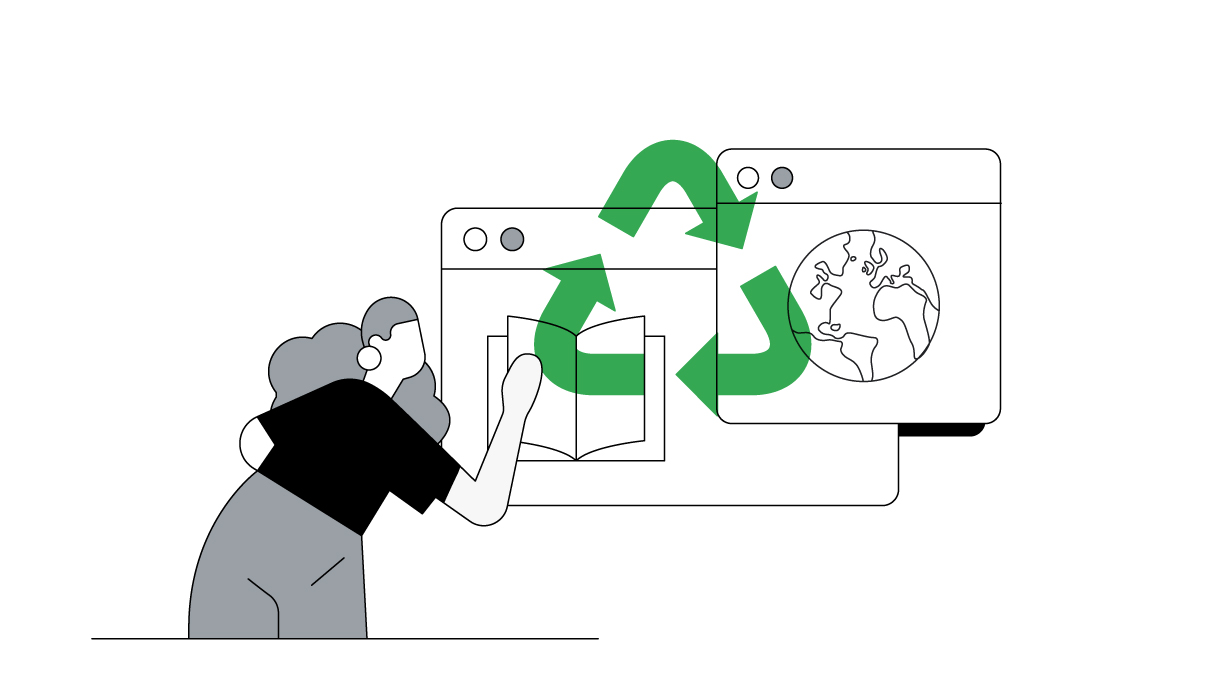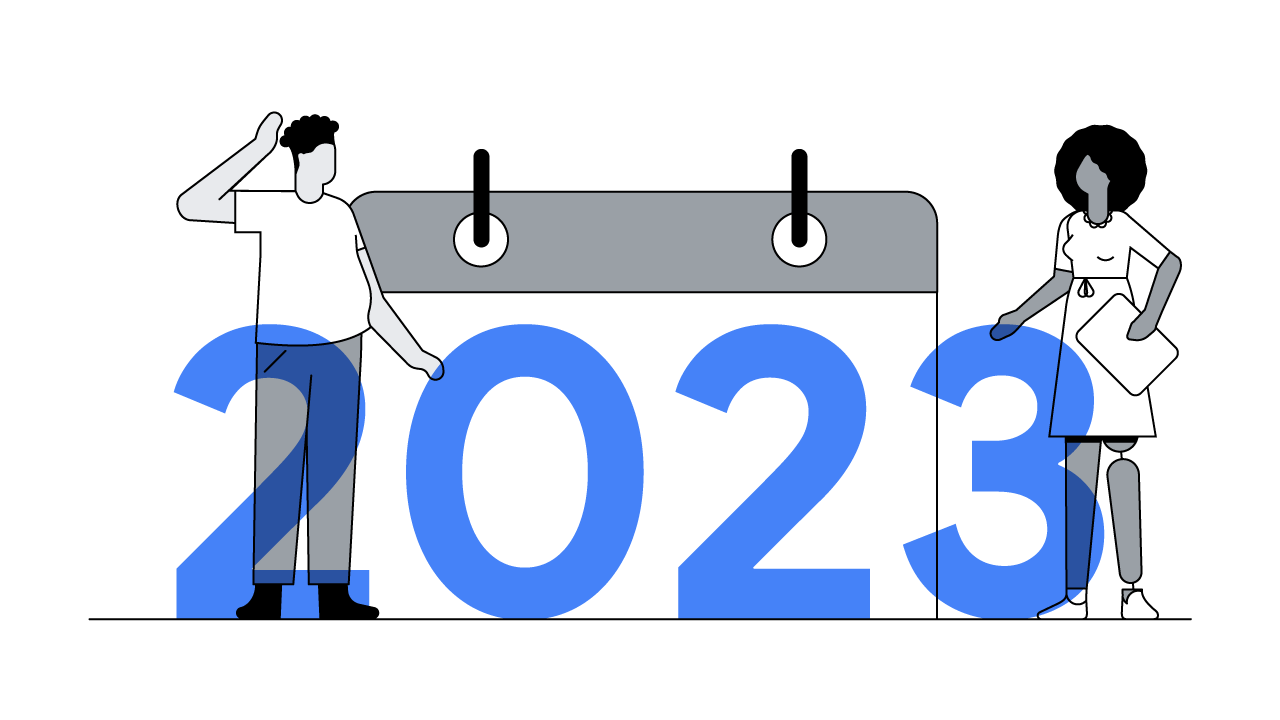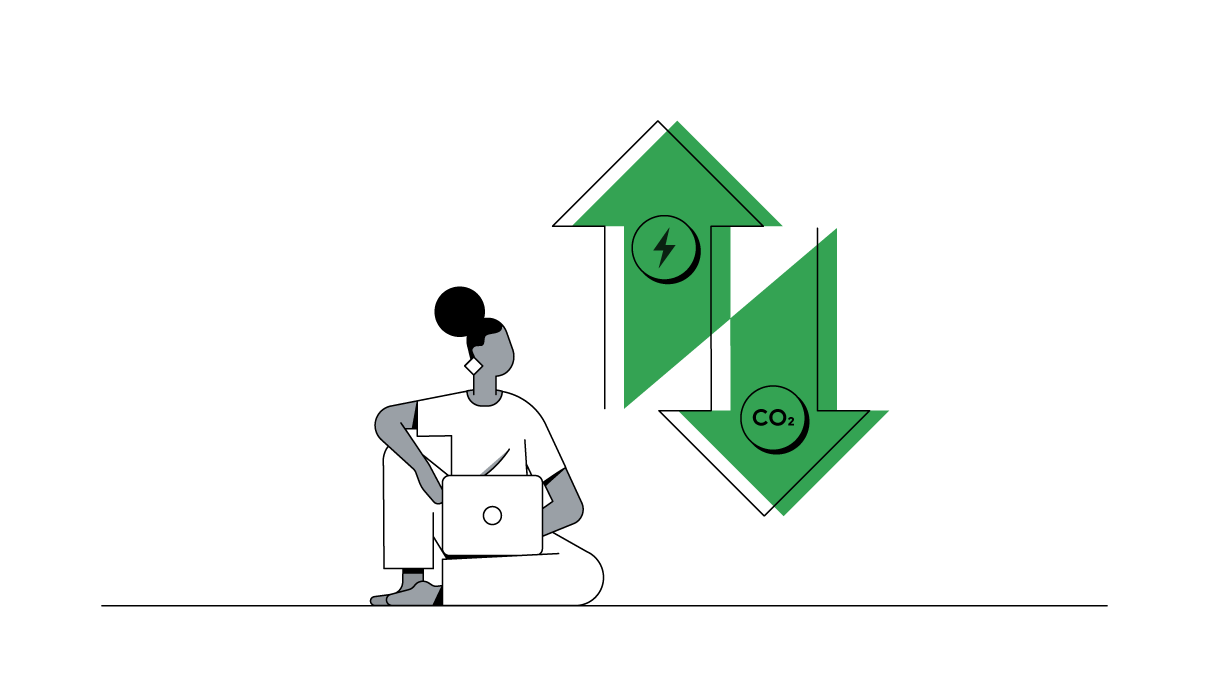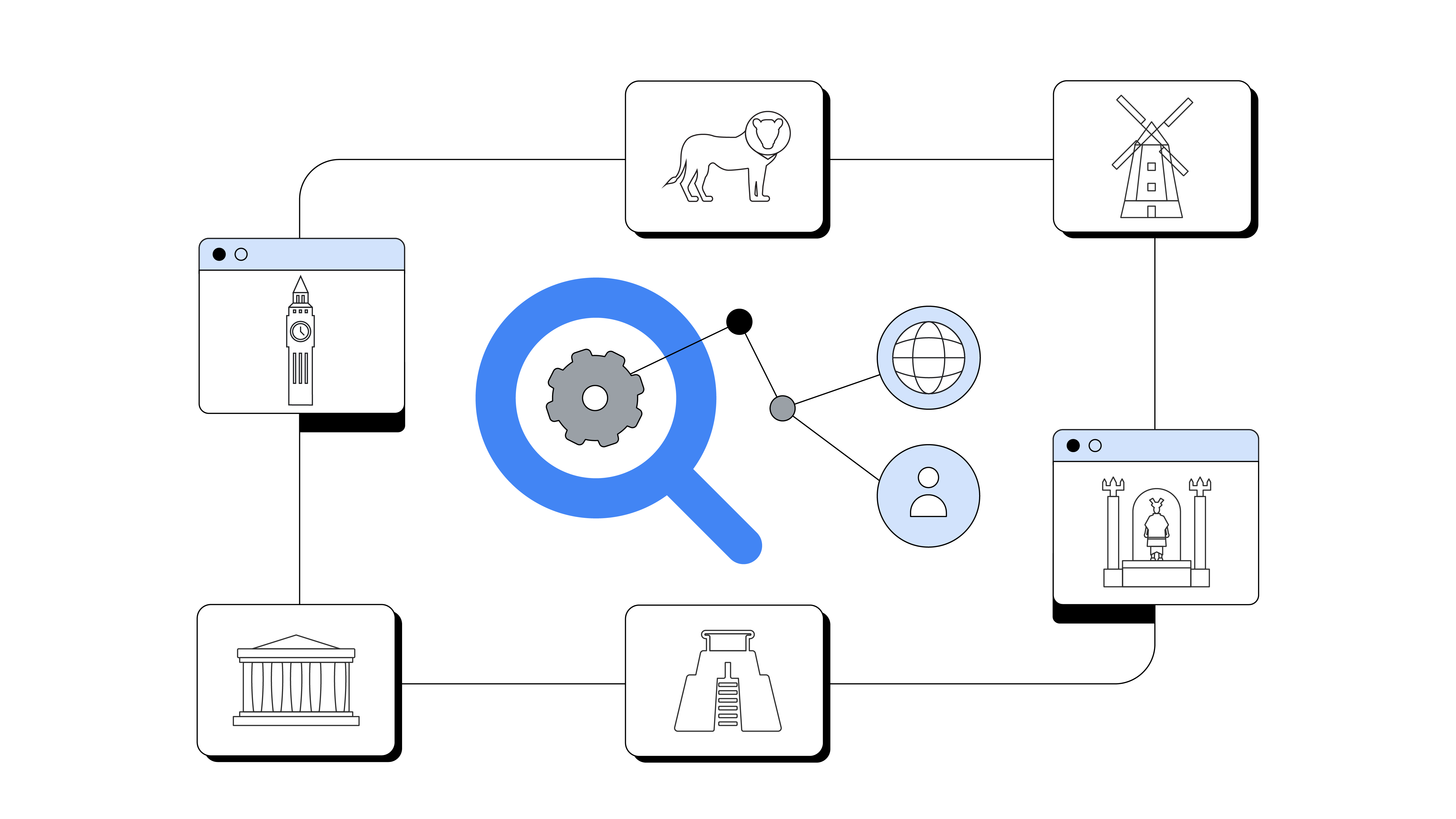We continue with the series of articles, where we examine the five driving factors of digital marketing transformation in detail— starting with Audience, one of the most important components of all marketing campaigns.
According to a new study, jointly conducted by BCG and Google, advertisers who build their digital marketing activities on data-driven strategies can achieve a revenue increase of up to 20% and cost savings of up to 30%. However, only 2% of advertisers are fully utilizing these opportunities.
You are deemed to be taking successful steps in terms of your business goals if you are able to deliver the marketing campaigns of products and services that you are responsible for, to the most relevant consumers. On the other hand, the growth of your brand is dependent on your ability to provide your customers and potential customers with an experience that exceeds their expectations, during every step of their buying processes. In the marketing world where competition becomes more fierce every day, all businesses, whether big or small, need to deliver their product or service to the most relevant consumers—selected according to data-based decisions—during the steps of their buying processes. So your choice of audience can help your brand become distinguishable from your competitors in the long term.
The wrong or right conception of digital marketing strategies in terms of audience can easily and quickly change consumers' perception of a brand negatively or positively.
A brand that continues to run an Internet ad that looks outdated, a large business whose discount rate for its services appears more affordable in its ad and more expensive on its site, a company that continues to display an ad for the same product to people who have already purchased it—all of these strategies can be considered as sloppy or inconsistent by consumers. This situation can affect prospective purchases for the brand.
On the other hand, after performing data analysis by using the information in the CRM system, a brand that makes exclusive offers in its ads to visitors of its site as a reward or a business that displays personalized and relevant ads according to its customers in different segments, can exceed customers' expectations and increase brand loyalty.
Marketing experts who are able to display the most appropriate marketing messages by understanding their customers and potential customers in the best way and utilizing their areas of interest and knowledge can successfully reach their goals.
These marketing experts, by transitioning from general mass marketing to personalized marketing through provisions of data, can build meaningful interactions with their customers. At this point, as an initial exercise, in order to be able to know your customers and potential customers better as well as to be able to create your key performance indicators, you can apply the structure of See, Think, Do, Care to your consumers by examining the relevant examples.
“To reach the right people at the right time and with the right message” is a saying that almost every marketing expert knows and tries to implement.Therefore, the details of this may be needed. We can examine our audience recommendations, in terms of Digital Marketing Transformation, in three steps:
1) Adopt a data strategy in order to get to know your customers better.
In order to get to know your customers better and adopt a holistic perspective, first combine the data on hand. You can use the available data to understand the purposes of different customer segments and different purchase journeys and act according to these. Combining all your available data can give you the opportunity to calculate customer lifetime value for your different customer segments. You can also evaluate the insights that can be created from this different audience data when making strategic decisions, such as on product launch and new market expansion.
2) Reflect your marketing approach to the entire purchasing process.
In order to be able to shape your audience-based marketing approach for different customer segments, which you determined with the "See, Think, Do, Care" exercise, and for different purchase journeys, you can determine through which targeting options you can reach these customers and potential customers and what the clear goals in these steps should be. At this point, you can review your own data that you can use for targeting and the data of Google audiences that can help you reach your goals and review to what extent you are using this data.
For example, by using conversion-based automatic bidding strategies, these strategies can be used to increase and decrease bids by taking into account audience signals, improve your ad performance, and you can add the audiences with the biggest volume and largest time frame from audiences in different categories (Remarketing, Similar Audiences, Customer Lists, Detailed Demographic Audiences, Close Area of Interest Audiences) to all active search campaigns by using the "Observations" feature.
Additionally, you can evaluate whether you are using all the audience targeting methods or not on your ad platforms (YouTube, Search, Shopping, Gmail, Display Network, Display & Video 360), by creating a table.This approach can show you your position in terms of platform and audience targeting.
3) Carry out your audience targeting in a cross-channel and connected way.
You can try to manage your communications and advertising strategies in a connected way across different media channels. Also, you can use the reporting and performance data that you obtained as a result of advertising for performance marketing efforts on various media channels.
In terms of audience, a business that implements all the best practices:
- has a holistic view for its different customers;
- adopted a CRM system approach where customers can use all their data;
- can create segments according to lifetime value of its customers;
- can use customer insights for making strategic decisions;
- targets its customers in every step of their various purchasing processes;
- performs communication and advertising strategies in a connected way;
It can be said that after this point the key factor to sustain success is to quickly, continuously and automatically differentiate these audience strategies according to changing customer behaviors.







